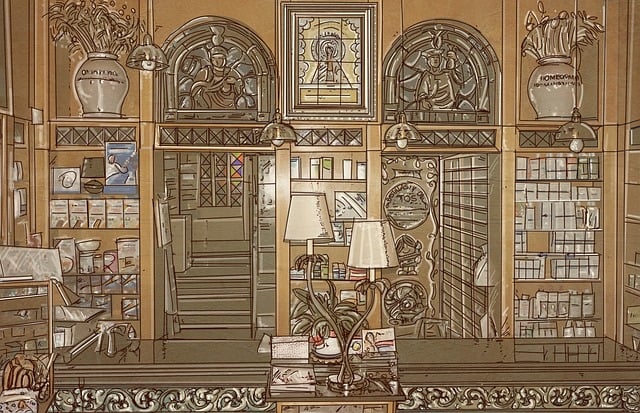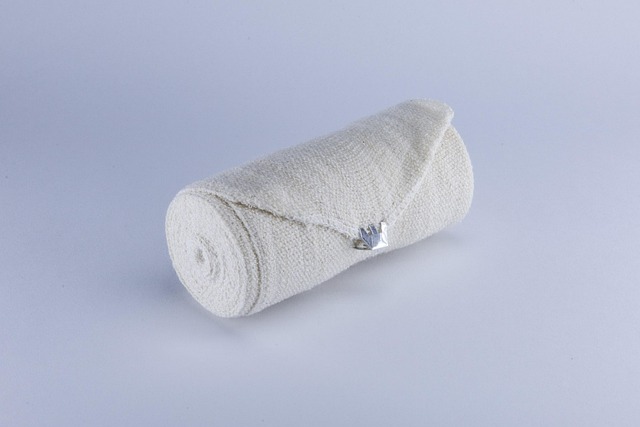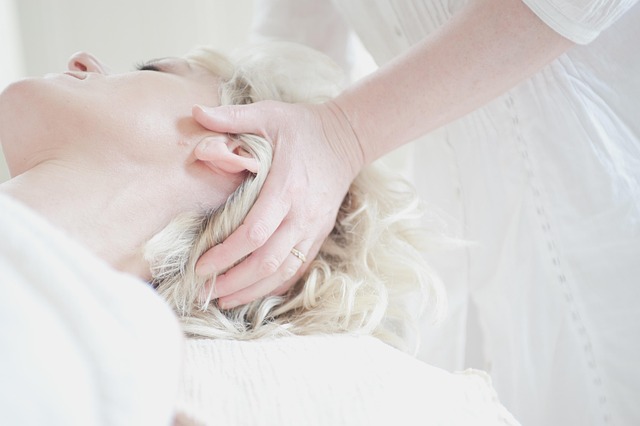Seasonal Affective Disorder (SAD) is a type of depression affecting individuals during fall and winter, primarily due to decreased daylight exposure. Risk factors include genetic predisposition, age, gender, and history of mental health conditions. Light therapy, cognitive-behavioral therapy (CBT), lifestyle changes, medication (like SSRIs), and innovative therapies offer effective depression treatment programs for SAD. A strong support system and self-care practices are vital supplements to these treatments, promoting resilience and overall well-being.
Seasonal Affective Disorder (SAD) is a type of depression that occurs during specific times of the year, typically in the fall and winter months. This article explores comprehensive depression treatment programs designed to combat SAD. We delve into various methods, including light therapy, cognitive behavioral therapy (CBT), lifestyle changes, medications, alternative therapies, support systems, and self-care strategies. Understanding these options equips individuals with tools to manage and overcome SAD effectively.
Understanding Seasonal Affective Disorder (SAD): Symptoms and Causes

Seasonal Affective Disorder (SAD) is a type of depression that follows a seasonal pattern, typically affecting individuals during the fall and winter months when daylight hours decrease. Understanding SAD involves recognizing its symptoms, which can include persistent sadness, loss of interest in activities once enjoyed, changes in appetite, disrupted sleep patterns, fatigue, difficulty concentrating, and, in severe cases, suicidal thoughts. These symptoms significantly impact daily functioning and overall well-being.
The causes of SAD are multifaceted. The primary culprit is believed to be the lack of sunlight exposure, as it disrupts the body’s internal clock and affects brain chemicals linked to mood regulation, such as serotonin and melatonin. Other factors include genetic predisposition, age (SAD is more common in young adults), gender (women are more susceptible), and a history of depression or bipolar disorder. Recognizing these factors is crucial for identifying and implementing effective depression treatment programs tailored to combat SAD.
Light Therapy: A Popular Depression Treatment Program for SAD

Light therapy is a popular and effective depression treatment program for Seasonal Affective Disorder (SAD). This non-invasive approach simulates natural outdoor light, helping to regulate brain chemicals linked to mood and sleep. By sitting near a special light box for a set period each day, usually 20-30 minutes, individuals with SAD can experience a significant reduction in symptoms. The light therapy replicates the sun’s spectrum, providing the eyes with exposure to both visible and ultraviolet (UV) rays, which have been shown to influence serotonin and melatonin levels, playing crucial roles in mood regulation and sleep patterns.
This treatment offers a convenient and accessible option for many, allowing them to manage their symptoms from the comfort of their homes. The light boxes are designed to filter out harmful UV rays, ensuring safety during use. Consistency is key with this depression treatment program, as regular sessions throughout the darker months can make a noticeable difference in mood, energy levels, and overall well-being. Many people find that combining light therapy with other treatments, such as cognitive-behavioral therapy or medication, enhances its effectiveness.
Cognitive Behavioral Therapy (CBT): Targeting Sadness and Negative Thoughts

Cognitive Behavioral Therapy (CBT) is a widely recognized and effective treatment approach for seasonal affective disorder (SAD), focusing on identifying and modifying negative thought patterns and behaviors. This therapy helps individuals challenge and replace distorted or unhelpful thoughts with more realistic and positive ones, thereby reducing symptoms of depression. By targeting specific cognitive processes, CBT enables people to manage their emotional responses and improve overall well-being during the darker months.
Through structured sessions, CBT guides patients to recognize negative thought cycles triggered by seasonal changes. It teaches them to question and reframe these thoughts, offering alternative perspectives that can alleviate SAD symptoms. This process empowers individuals to develop healthier coping strategies, enhance their mood, and engage in activities they may have avoided due to depression. As a result, CBT becomes a valuable component of comprehensive depression treatment programs, aiming to restore balance and optimism during seasonal shifts.
Lifestyle Changes to Combat Seasonal Affective Disorder

Lifestyle changes play a pivotal role in managing and treating Seasonal Affective Disorder (SAD). Beyond traditional therapy or medication, adopting certain habits can significantly alleviate symptoms. One effective strategy is to maximize exposure to natural sunlight. This involves scheduling outdoor activities during daylight hours, even on cloudy days, as sunlight helps regulate your body’s internal clock and boosts serotonin levels.
Additionally, maintaining a structured routine with regular exercise, healthy eating, and adequate sleep is essential. Engaging in physical activity releases endorphins, which can combat depression symptoms. A balanced diet rich in vitamins and minerals supports overall well-being, while consistent sleep patterns help stabilize mood. Integrating these lifestyle adjustments into your daily regimen can complement existing depression treatment programs and offer a more holistic approach to combating SAD.
Medication Options for Effective SAD Management

Medication can play a significant role in managing Seasonal Affective Disorder (SAD), offering effective depression treatment programs for those struggling with this seasonal condition. Selective Serotonin Reuptake Inhibitors (SSRIs) are commonly prescribed as they increase serotonin levels in the brain, which helps regulate mood and energy. These medications can be particularly beneficial during the darker months when SAD symptoms tend to worsen.
Other options include light therapy, which mimics natural outdoor light, helping to reset the body’s internal clock and improve mood. In some cases, doctors may also prescribe mood stabilizers or anti-psychotic drugs, especially if there are co-occurring conditions like bipolar disorder. It’s important to consult a healthcare professional who can tailor a treatment plan, often combining medication with other therapies for optimal SAD management.
Alternative Therapies: Exploring Additional Depression Treatment Programs

While traditional treatments for seasonal affective disorder (SAD) often include light therapy and antidepressants, individuals seeking alternative approaches have a variety of options to explore. Beyond established methods, numerous innovative depression treatment programs are gaining traction in the mental health community. These can range from integrative therapies that combine elements of mindfulness, yoga, and acupuncture, to more unconventional practices like animal-assisted therapy or art therapy.
Many of these alternative depression treatment programs tap into the power of nature, creativity, or human connection. For example, spending time outdoors through hiking or gardening has been shown to boost mood and reduce symptoms of SAD. Similarly, expressive arts therapies offer safe spaces for individuals to explore emotions through painting, writing, or music, providing a unique avenue for self-expression and healing.
Support Systems and Self-Care for Seasonal Affective Disorder Recovery

Having a strong support system is vital for those dealing with Seasonal Affective Disorder (SAD). Friends and family can play a crucial role in recovery by offering emotional support, encouragement, and understanding. Sharing your experiences with trusted individuals allows for a sense of community and belonging, which can help combat feelings of isolation often associated with SAD. Many people find comfort in joining support groups where they connect with others facing similar challenges, creating a network of peers who provide valuable insights and coping strategies.
Self-care is an integral part of managing SAD and can significantly enhance depression treatment programs. Engaging in regular physical activity, maintaining a balanced diet, and prioritizing adequate sleep are essential self-care practices. Additionally, incorporating relaxing activities like meditation, yoga, or spending time in nature can help regulate mood and reduce symptoms. Mindful habits such as journaling, practicing gratitude, and setting realistic goals also contribute to overall well-being, fostering resilience against SAD’s impact.
